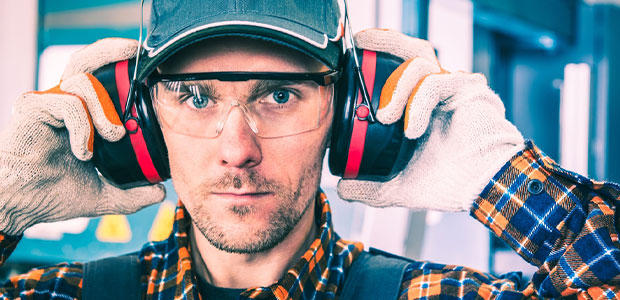
Non-use was highest among women, young workers and current smokers.
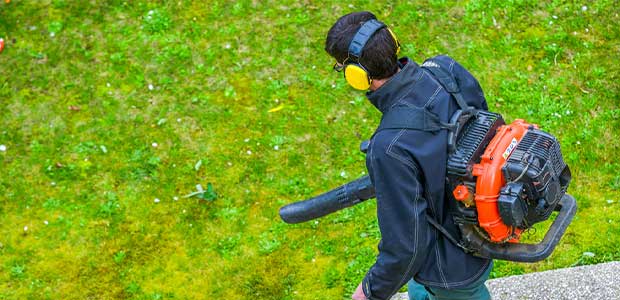
Tramont Manufacturing LLC ignored hazards found during inspections in 2020.
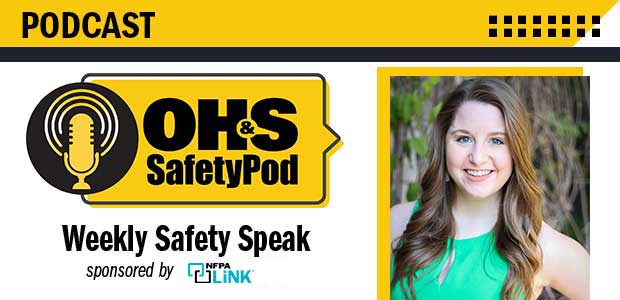
Episode 78
Tune in to hear all about NSC's 25th anniversary of National Safety Month, resources for hearing conservation programs and a study to show that masking did actually help protect workers from COVID-19.
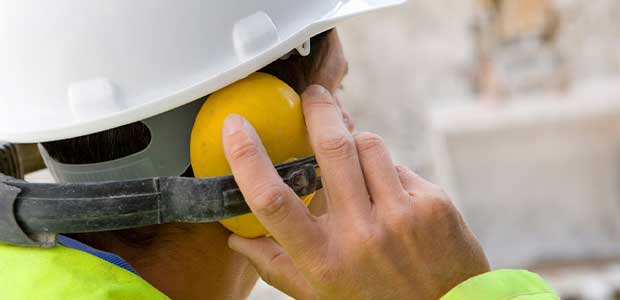
More than half of workers don’t use PPE to protect their hearing.

How to build the foundation to protect workers against hearing impairments.
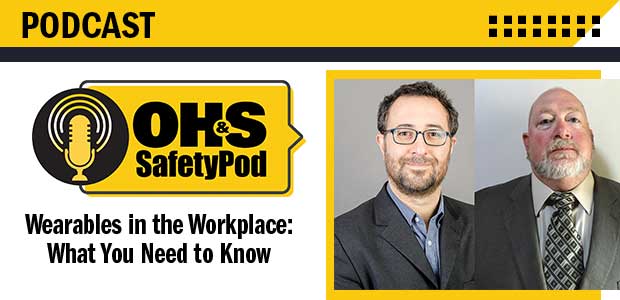
Episode 73
In this episode, Editor Sydny Shepard is joined by two professionals from NIOSH to discuss how wearable devices are impacting the safety industry.
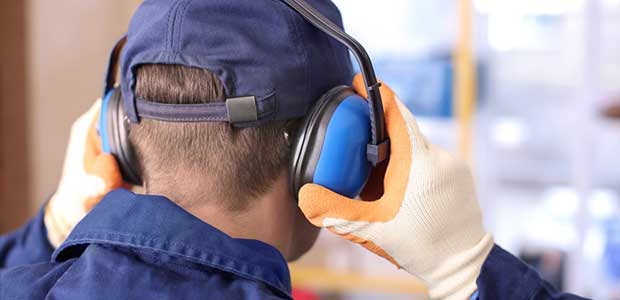
Hearing loss can be amplified by noise and chemicals.

Wireless Bluetooth and Mesh Intercom technology is changing how workers communicate.
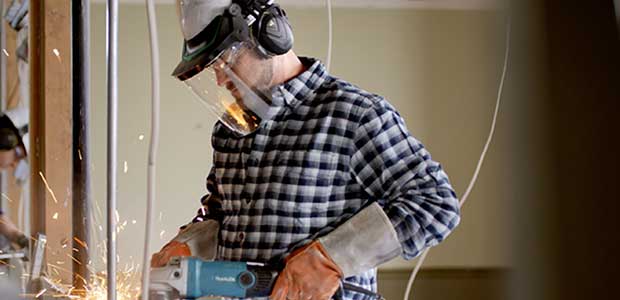
Hearing loss is an easily preventable consequence of not wearing proper hearing protection on the job.
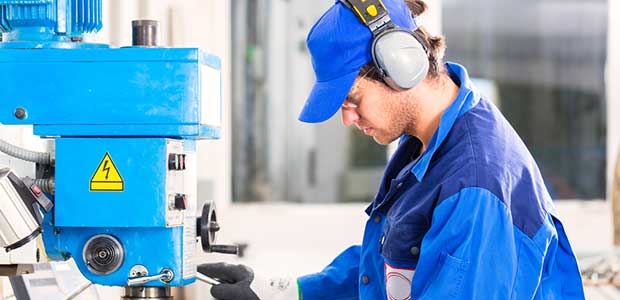
Properly protecting workers’ hearing goes beyond simple hearing protection devices.

There’s no official checklist or cheat sheet to make sure hearing testing is an effortless experience—some things come with experience and time.
Employers should perform a three-step process in order to best determine how to mitigate potential hazards and implement safety protocol.

New research from the National Institute for Occupational Safety and Health illustrates the increased risk of hearing loss among noise-exposed workers in the service sector.
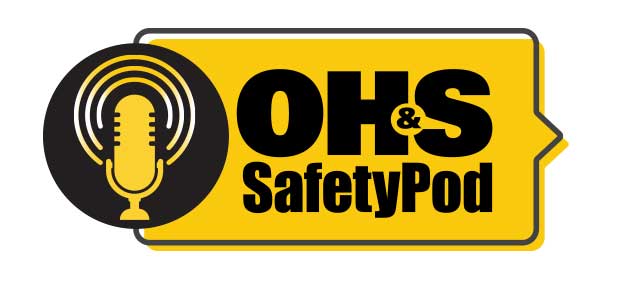
Episode 20
For our inaugural Safety Speak episode we will be discussing National Safety Stand-Down, what OSHA has to say about face coverings, hearing loss in the services sector and Hazard Communications.
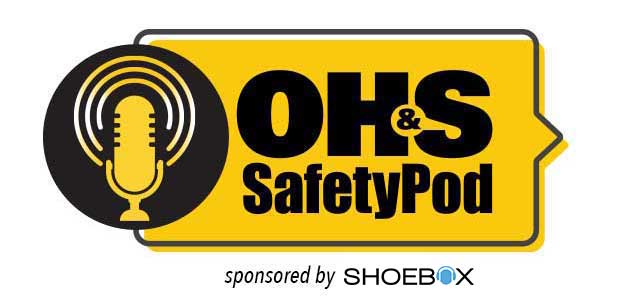
Episode 15
Editor Sydny Shepard discusses hearing test scheduling in the age of COVID-19 with Kate Mosley, Product Manager of Occupational Hearing Testing at SHOEBOX.

SPONSORED
Millions of workers are exposed to hearing hazards every year, and even though OSHA regulations and NIOSH recommendations in the U.S. specify hearing protection, occupational hearing loss is still the number one reported worker illness in manufacturin

The agency seeks companies that have adopted a "no tolerance" attitude toward occupational hearing loss and have both employees and management involved in preventing it, as well as organizations that have developed evidence-based, innovative approaches to prevent noise-induced hearing loss.
Communication is critical on construction sites. Whether for coordinating movement of materials or issuing warnings, it is important that workers be able to clearly communicate with each other.
WorkSafeBC aims to raise awareness about the risk of hearing loss in the service industry with the release of a new safety bulletin and other resources for workers and employers.
"The violations identified exposed employees to serious and potentially life-threatening injuries," said OSHA Syracuse Area Director Jeffrey Prebish. "Employers can minimize workplace dangers by conducting required job hazard analyses."